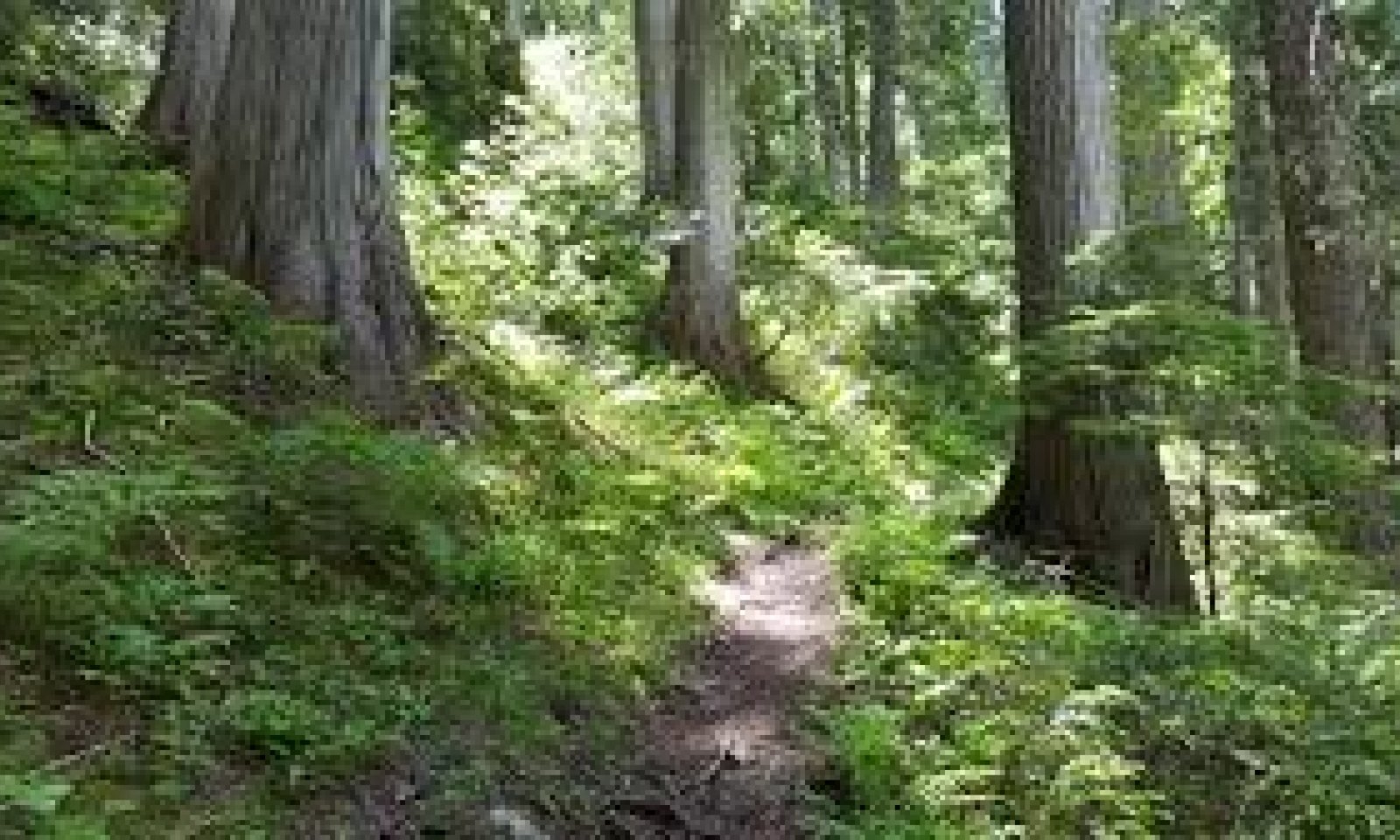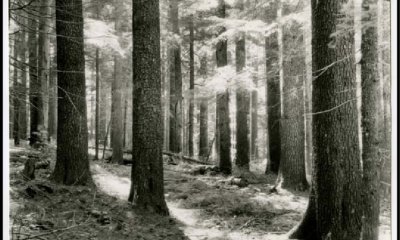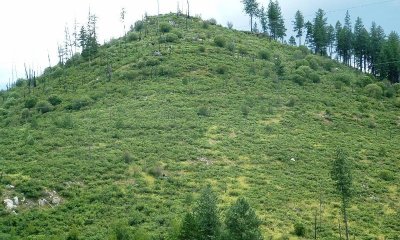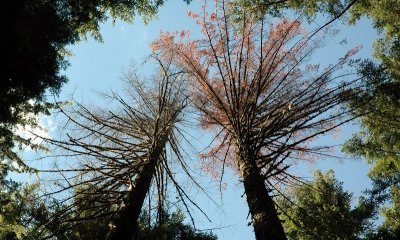
Ashy Metasedimentary Hills and Mountains 30-45" PZ Frigid Bitterroot Metasedimentary Zone
Scenario model
Current ecosystem state
Select a state
Management practices/drivers
Select a transition or restoration pathway
- Transition R1A More details
- Transition T1B More details
- Transition T1C More details
- Restoration pathway T2A More details
- Restoration pathway R3A More details
- Restoration pathway R4A More details
-
No transition or restoration pathway between the selected states has been described
Target ecosystem state
Select a state
Description
This state results in an old growth western hemlock and western redcedar forest. Fire return intervals are far apart due to its moist environment. It is highly dynamic in its seral stages after major disturbance with many tree species capable of establishing and growing to mature age. Western white pine used to be a dominant tree in this state establishing after a severe fire and be a major overstory component in the mature to old growth phase, however, the white pine blister rust epidemic in the 1930s reduced it to a minor component in stand composition of current forests. White pine stabilized the site for long periods due to its disease and insect resistance. Currently Western Larch, Douglas-fir, Grand fir, cedar, and hemlock have taken its place in early stand establishment through the mature and old growth phases. This has led to more root rot in mature stands with Douglas-fir, Grand fir, cedar, and hemlock. Eventually, western hemlock and western redcedar dominate regeneration in mature stands and a hemlock-cedar forest develops without major disturbance. This state can be floristically rich with shrubs and herbs when canopy gaps are created. Major shrub species include big huckleberry, twinflower, pachistima, prince’s pine, pyrola, honeysuckle, and rose. Herbs include queencup beadlily, violet, western rattlesnake plantain, wild ginger, sword fern, Hooker fairybells, and twisted stalk. A key understory tree species in this ecological site is paper birch. It is usually more prominent early to middle seral stages and notable snags present in mature to old growth phases. Another key seral species descriptive of this ecological site is Sitka alder. It is present during the stand initiation phase located in moisture receiving areas. Redstem and snowbrush ceanothus species can be prominent in fire disturbed areas. Black cottonwood is also prominent seral species and usually died out by the mature forest phase.
Submodel
Description
Before the 1910 outbreak of western white pine blister rust N. Idaho and parts of NE WA were covered with white pine stands from pole to old growth stages. Severe fires over large acreages allowed white pine to establish and dominate the area. Mature to old growth stands of pine stabilized the area due to its root rot and insect resistance. A mixed understory of shrubs and forbs existed due to sufficient light coming through the white pine canopy. Cedar and hemlock regeneration would also have been present. Large fires again would allow the white pine to establish and the cycle would start again. The blister rust epidemic basically wiped out the white pine and eliminated this stable forest cycle. In its place Douglas-fir, grand fir, western larch, cedar, and hemlock increased in abundance through the growth stages. More root rot and insect mortality are now present in the stands. In addition, more cedar-hemlock stands reach old stages without a white pine component.
To address the white pine blister rust problem cooperative forestry organizations developed a blister rust resistant white pine that has been planted on hemlock and cedar sites. White pine can now be seen growing on these harvested areas.
Submodel
Description
Multiple severe fires keep site in a shrub field state.
Submodel
Description
With the increased abundance of Douglas-fir, grand fir, and hemlock in stand development since the white pine bister rust epidemic Armillaria root rot has increased creating pockets to large areas of shrub/small deciduous trees. These root rot areas can exist for long periods until resistant species establish. In areas with metasedimentary parent material this situation is amplified. Species resistant to Armillaria include western larch, white pine, and western redcedar (after seedling stage).
Submodel
Mechanism
To return to the historical state of white pine dominant late seral forests landscape level planting of blister rust resistant white pine after large stand replacing fires or clearcut regeneration harvests
Mechanism
Severe fire causing soil degradation or reoccurring fires in stand initiation phase keep state in a shrub state.
Mechanism
Root rot, mainly Armillaria, killing hemlock, Douglas-fir, and grand fir creates small to large areas dominated by shrubs or small deciduous trees.
Mechanism
White pine blister rust eliminated white pine as a long term overstory dominant moving to cedar-hemlock forest
Mechanism
Site by site analysis to determine feasibility of tree planting.
Model keys
Briefcase
Add ecological sites and Major Land Resource Areas to your briefcase by clicking on the briefcase (![]() ) icon wherever it occurs. Drag and drop items to reorder. Cookies are used to store briefcase items between browsing sessions. Because of this, the number of items that can be added to your briefcase is limited, and briefcase items added on one device and browser cannot be accessed from another device or browser. Users who do not wish to place cookies on their devices should not use the briefcase tool. Briefcase cookies serve no other purpose than described here and are deleted whenever browsing history is cleared.
) icon wherever it occurs. Drag and drop items to reorder. Cookies are used to store briefcase items between browsing sessions. Because of this, the number of items that can be added to your briefcase is limited, and briefcase items added on one device and browser cannot be accessed from another device or browser. Users who do not wish to place cookies on their devices should not use the briefcase tool. Briefcase cookies serve no other purpose than described here and are deleted whenever browsing history is cleared.
Ecological sites
Major Land Resource Areas
The Ecosystem Dynamics Interpretive Tool is an information system framework developed by the USDA-ARS Jornada Experimental Range, USDA Natural Resources Conservation Service, and New Mexico State University.






